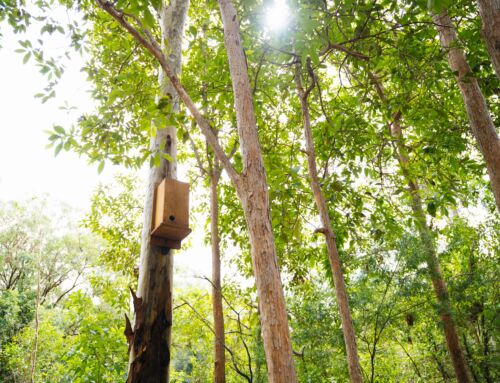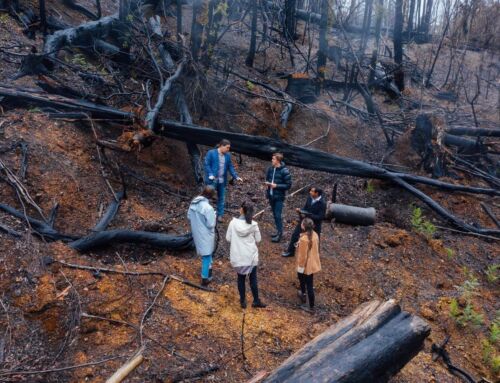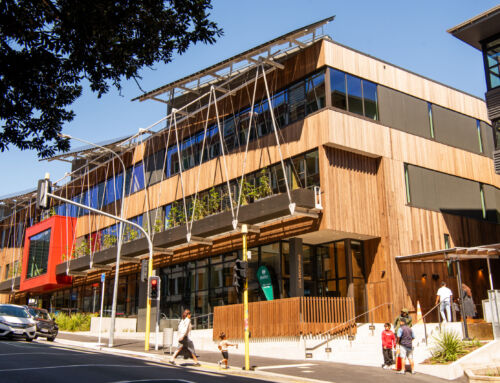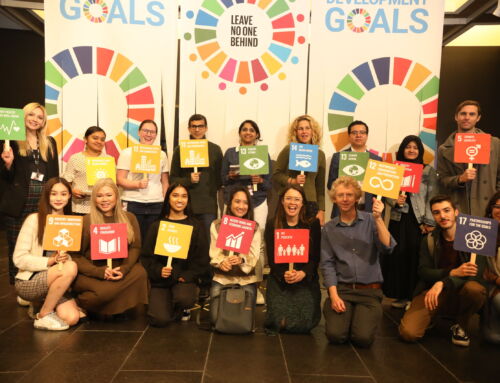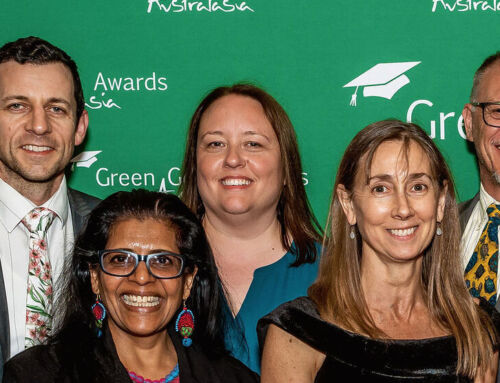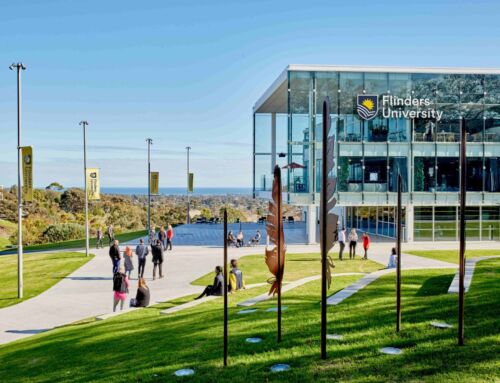Recycling Walls are designed to collect items that cannot be recycled through your usual co-mingle recycling service. These are items that can be recycled through specialty services such as Teracycle or e-waste collections.
Does this project relate to a sustainability strategy, and are there any associated goals or targets?
Recycling Walls raise awareness about reducing waste to landfill and contribute to the University of Tasmania’s waste reduction target of 25% by 2025.
What challenges has this project navigated?
The walls are designed to be dynamic, we can change the recycling streams collected when a service closes or expand a collection if there is high demand. We want to encourage people to redesign products that are hard to recycle, it is a good thing when plastic bread tags are replaced with cardboard substitutes and we no longer need to collect them in the Recycling Walls.
What advice would you give to other institutions looking to replicate this project?
We began by researching Recycling Walls at other organisations and learnt that visually colourful and simple walls are vital to their success. If the recycling streams aren’t clear then the wall will become a dumping site for ‘wishful recyclers’ who hope that their item can be recycled. Unfortunately ‘wishful recycling’ can contaminate recycling streams and mean otherwise recycle-able items end up going to landfill.
Contact Sustainability.utas@utas.edu.au


